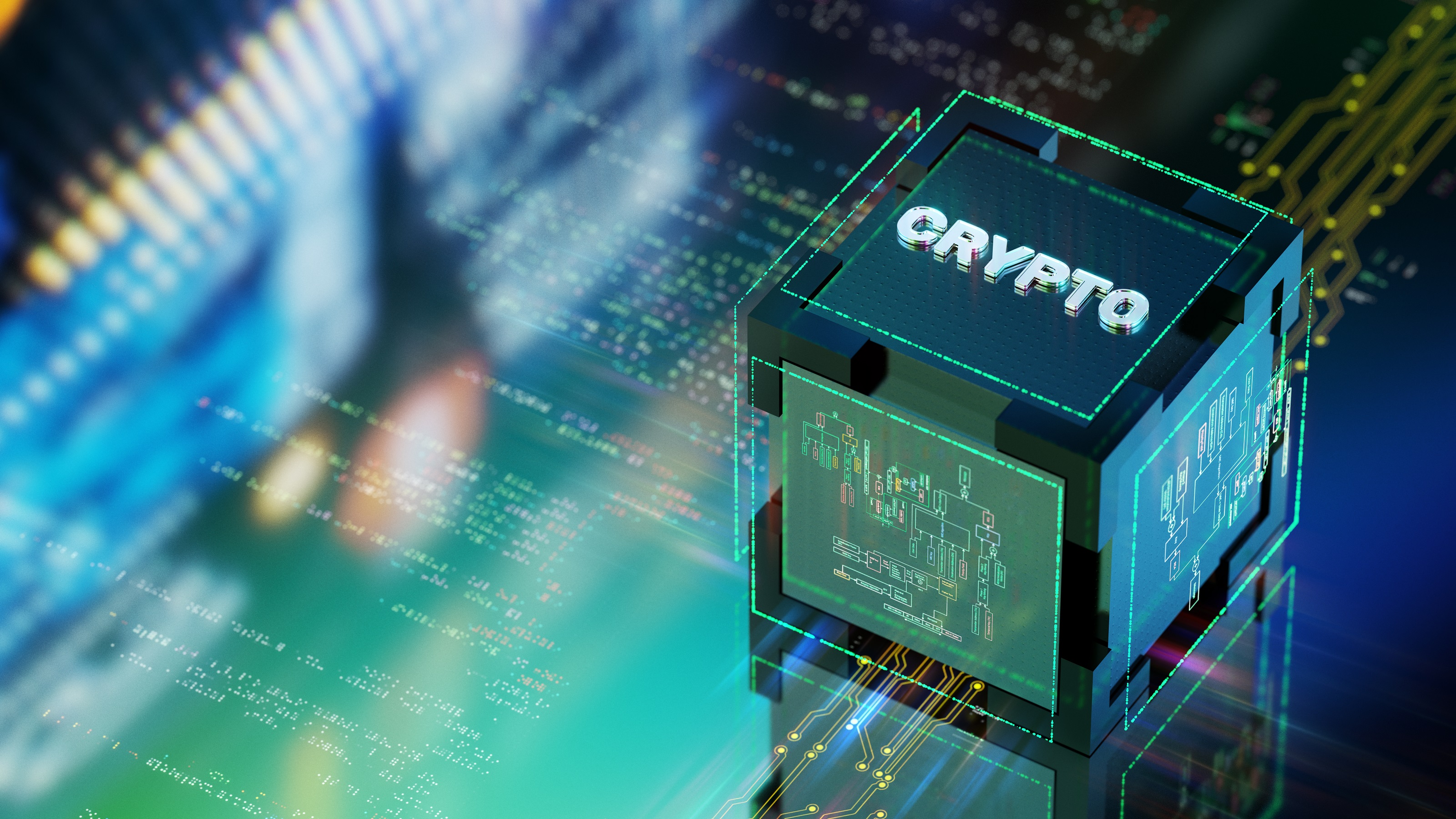Can China Keep It Up?
China’s remarkable economic growth has continued, even in the face of global economic recession. But eventually, the pace will falter.
Can China keep up recent robust economic growth? How sustainable is the Asian behemoth’s recovery? For U.S. business, it’s not an academic question. America’s health depends on the answer. China is the third biggest customer for U.S. exports, and Beijing is America’s largest foreign creditor. Moreover, its substantial purchases of U.S. government debt help keep interest rates low.
This year and next, the giant will continue to make strong strides, racking up 8% to 9% growth in gross domestic product (GDP)—a much more vigorous pace than most other nations’. But to achieve that growth, Beijing will have to rely on a massive government stimulus package: a combination of new government spending, increased lending from state-owned banks and bond finance that will add up to the equivalent of 15% of the Chinese GDP this year.
Further out, the outlook is less bright. China needs exports to extend its recovery—foreign sales and related investments account for over 30% of its GDP growth. Beijing’s stimulus is adding jobs in construction, but wages are lower for them than for factory employment and won’t make up for economic juice lost to lower world demand for manufactures. How many manufacturing jobs return, and how quickly, will depend on global economic recovery.

Sign up for Kiplinger’s Free E-Newsletters
Profit and prosper with the best of expert advice on investing, taxes, retirement, personal finance and more - straight to your e-mail.
Profit and prosper with the best of expert advice - straight to your e-mail.
Beijing must also boost private spending. Current efforts aren’t doing the trick. Low wages and no safety net keep most Chinese from spending, despite jumped-up government outlays on pensions and education plus tax breaks and rebates for buying TVs, cars and household appliances. “There is as yet no convincing evidence that the structure of demand is shifting away from investment and toward consumption,” says Arthur Kroeber, managing director of Beijing-based economic advisory firm Dragonomics. Until China’s leaders find a way to change that, economic growth will rely on state driven investment and exports.
Meanwhile, U.S. businesses are seeing little direct benefit from the Chinese stimulus. A “Buy China” provision mandates that government-funded infrastructure projects use materials that come from China with no exceptions. Despite the restrictions, some firms—in architectural services and specialized machinery, for example—have made inroads. But they are few and far between—a major disappointment for U.S. makers of earthmovers and other construction equipment and materials.
“The big concern on the broader issue of trade is that China’s need to keep exporting will lead to a lot of trade frictions with the U.S.,” says Eswar Prasad, a professor of trade policy at Cornell University. The Buy China provision of China’s stimulus may be a response to the Buy America rules attached to the U.S. package. But Beijing also appears to be backtracking on efforts to eliminate tax breaks for Chinese exporters. Such moves play into the hands of U.S. manufacturers and allied politicians who are pushing for greater protection from Chinese competition via antidumping orders and dispute filings before the World Trade Organization.
Meanwhile, Beijing’s recent moves carry the seeds of future troubles. Stimulus spending contributes to overcapacity. There’s already a surfeit of highways, ports, airports and power plants. The country’s other big beneficiaries of government largesse—heavy industries such as steel, industrial-strength glass and aluminum—have spare capacity as well. The risks of deflation are rising.
Any unprofitable projects will cause nonperforming loans to mushroom. If that weren’t enough, much of the new liquidity flowing through the system is sloshing into property and stock markets. That could easily create bubbles, which, when burst, would saddle Chinese banks with even more bad debt. State banks may require a second massive bailout, just a few years after the first, to stay afloat.
The government is aware of the problem, but it has to tread carefully. Clamping down too hard on bank lending could smother the nascent recovery. Efforts to consolidate factories have already led to a surge in violent protests by workers who stand to lose their jobs as inefficient plants are shut down.
“Clearly, the structure of production is not in line with the composition of internal demand,” says Wing Thye Woo, an economist with the Brookings Institution and the University of California at Davis. To make up for lost exports, every Chinese citizen would have to buy 20 shirts, six pairs of shoes and 25 teddy bears, Woo says. He notes that some industries will have to close and other ones open, disrupting the economy, if China is to achieve truly sustainable growth. Beijing would prefer to avoid that for now, but in the long run, such a realignment will prove unavoidable.
For weekly updates on topics to improve your business decisionmaking, click here.
Get Kiplinger Today newsletter — free
Profit and prosper with the best of Kiplinger's advice on investing, taxes, retirement, personal finance and much more. Delivered daily. Enter your email in the box and click Sign Me Up.
-
 Stock Market Today: Stocks Gain on Tech, Auto Tariff Talk
Stock Market Today: Stocks Gain on Tech, Auto Tariff TalkThe Trump administration said late Friday that it will temporarily halt tariffs on some Chinese tech imports.
By Karee Venema
-
 Sam's Club Plans Aggressive Expansion: Discover Its New Locations
Sam's Club Plans Aggressive Expansion: Discover Its New LocationsSam's Club expansion plans will open up to 15 new stores each year. Learn where they plan to open in 2025.
By Sean Jackson
-
 The AI Doctor Coming to Read Your Test Results
The AI Doctor Coming to Read Your Test ResultsThe Kiplinger Letter There’s big opportunity for AI tools that analyze CAT scans, MRIs and other medical images. But there are also big challenges that human clinicians and tech companies will have to overcome.
By John Miley
-
 The New Space Age Takes Off
The New Space Age Takes OffThe Kiplinger Letter From fast broadband to SOS texting, space has never been more embedded in peoples’ lives. The future is even more exciting for rockets, satellites and emerging space tech.
By John Miley
-
 Rising AI Demand Stokes Undersea Investments
Rising AI Demand Stokes Undersea InvestmentsThe Kiplinger Letter As demand soars for AI, there’s a need to transport huge amounts of data across oceans. Tech giants have big plans for new submarine cables, including the longest ever.
By John Miley
-
 What DOGE is Doing Now
What DOGE is Doing NowThe Kiplinger Letter As Musk's DOGE pursues its ambitious agenda, uncertainty and legal challenges are mounting — causing frustration for Trump.
By Matthew Housiaux
-
 A Move Away From Free Trade
A Move Away From Free TradeThe Letter President Trump says long-term gain will be worth short-term pain, but the pain could be significant this year.
By David Payne
-
 The Explosion of New AI Tools
The Explosion of New AI ToolsThe Kiplinger Letter Workers and consumers soon won’t be able to escape generative AI. Does that mean societal disruption and productivity gains are right around the corner?
By John Miley
-
 Trump’s Whirlwind Month of Crypto Moves
Trump’s Whirlwind Month of Crypto MovesThe Kiplinger Letter The Trump administration wants to strengthen U.S. leadership in the cryptocurrency industry by providing regulatory clarity.
By Rodrigo Sermeño
-
 Excitement Over AI Propels IT Spending
Excitement Over AI Propels IT SpendingThe Kiplinger Letter IT sales set to surge in 2025 as businesses rush to adopt generative AI.
By John Miley